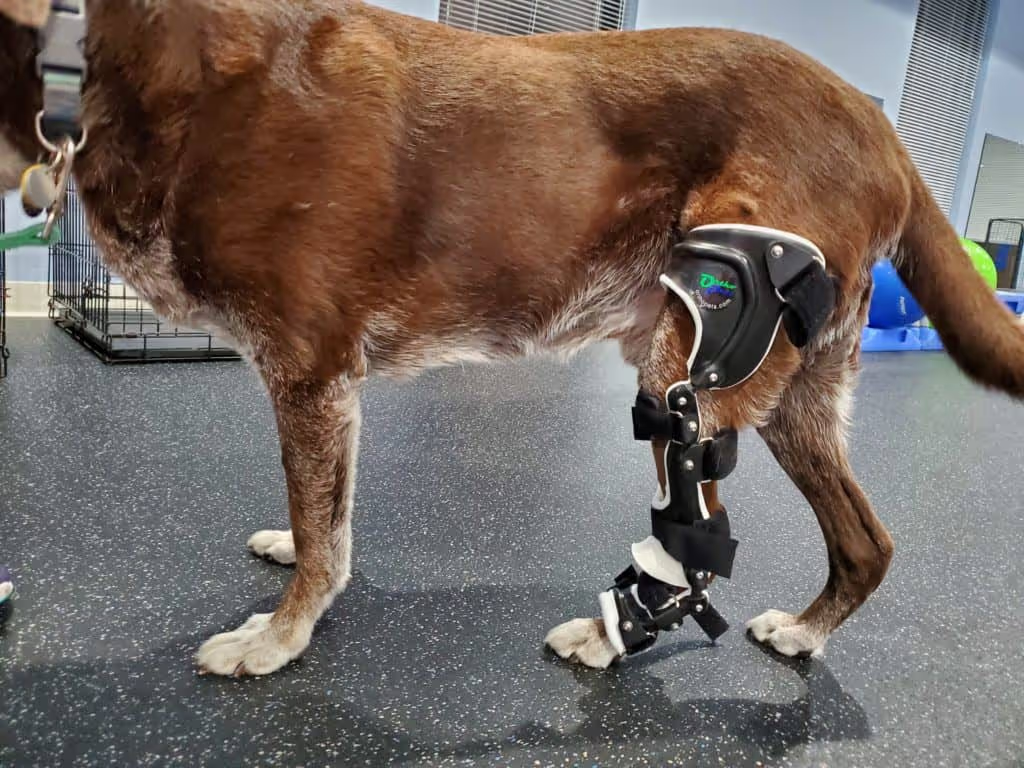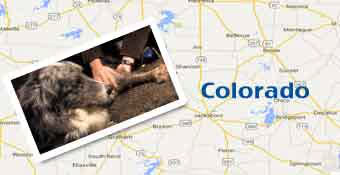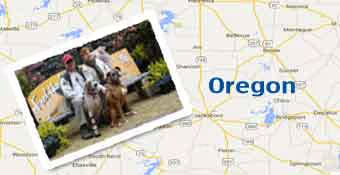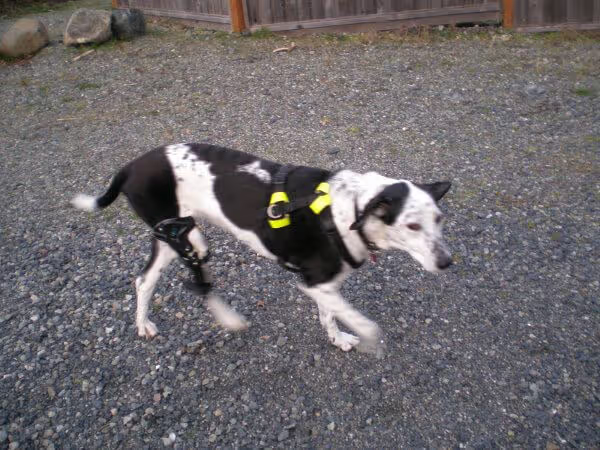Nuysom and his OrthoPets Stifle Device (Dog Knee Brace)
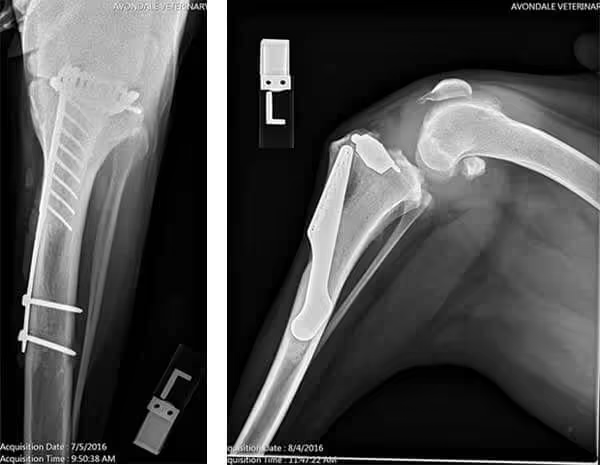

Nuysom is a 4-year-old MN Great Pyrenees. His history includes bilateral TTAs as well as an extracapsular repair preformed on the left stifle. He currently presents with bilateral tarsal hyperextension in addition to developing a grade 2-3 laterally luxating patella on the L stifle. A surgeon as well as the rehabilitation team examined him at his clinic. They found that most of his discomfort was derived from the stifle's lateral compartment in addition to the DJD. The joint itself palpated stable.
The biomechanical request to OrthoPets was to create an orthosis that could accomplish the following:
- Control end range-of-motion on the sagittal plane to manage his tarsal hyperextension
- Aid in control of the laterally luxating patella presenting on the transverse plane
- Off weight the lateral stifle component by creating an arthokinematic frontal plane joint correction

Every brace fabricated by OrthoPets is designed to meet the needs of the patient and the clients while also creating a biomechanically therapeutic solution. As with most dogs of this breed, we had an additional challenge to face as he had very large double dewclaws. The dewclaws would make the control of tarsal hyperextension much more challenging, and he would be prone to irritation within the device near the dewclaws despite adjustments and modifications to accommodate them. Before moving forward with an orthosis, the owners and the surgeon decided it would be best to remove his dewclaws, as that would make it more comfortable for him overall.
Nuysom was casted for his orthosis post dewclaw removal surgery. OrthoPets kept in mind the biomechanical goals when we received and reviewed his impression and his measurements in order to decide upon the types of components, device design, and uniqueness of this case. Nuysom had a low flank and groin area, which can negatively affect our ability to fabricate a femoral shell, or one that gets adequate "grab" and height along the femur. After continued discussion about his exact measurements from the proximal aspect of his patella to the maximum flank skin, we determined that we could fit the components needed, but did have to modify the device design slightly.
We fabricated a stifle orthosis for him with a tarsal hyperextension design, nylon extension stops at the tarsus joint, and a metal scotty hinge laterally as well as a standard tamarack hinge medially. The use of a metal scotty hinge is recommended for any patient over 100 pounds as it provides additional frontal and transverse plane control. The added tarsal hyperextension style segment and extension stops enabled the orthosis to accurately control his tarsal hyperextension ROM.
When we scanned the model of his limb and digitally modified it to fabricate his orthosis, we had to keep in mind their last 2 goals. It can be extremely difficult for us to address a laterally luxating patella when the cruciate is unstable as we need to induce internal tibial rotation resulting in a reduced patella luxation alignment. However, this is the opposite of what we would want to do biomechanically when a patient presents with a cranial cruciate ligament rupture. Luckily for Nuysom, his cruciate was stable, so we could internally rotate the tibial shell. We preformed a precise frontal plane stifle varus modification in the digital model to create a device design that alleviates pressure off the lateral stifle compartment by creating joint space. This technique is accomplished by creating an osteokinematic change in limb alignment to positively affect the axial loading within the lateral compartment understood from an arthokinematic perspective.
Nuysom was fitted with his brace recently, and though he was unsure of himself at his fitting appointment, he did adjust over the next few weeks and has become more functional and comfortable while learning how to adjust his daily life to the integration of the device.

The use of an orthosis for his case along with many other rehabilitation treatment options does not preclude him from discontinuing to see the veterinarian for checkups. It is recommended that each client check in with his or her veterinarian every 3-6 months depending on the type of case so that the veterinarian can make sure that the orthosis is continuing to fit well, the goals are still met, the patient is still comfortable, and there are no new injuries or instabilities to address.

